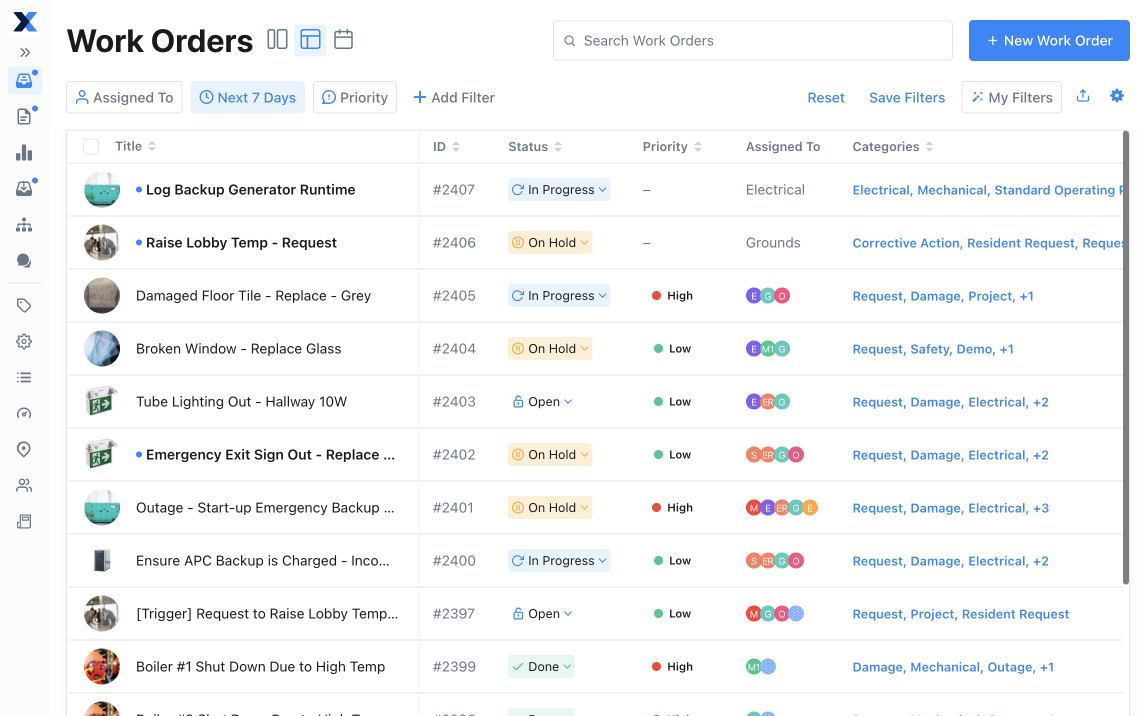
What Is Tribal Knowledge?
We all have them. Secret handshakes we’ve made up with siblings, inside jokes we share with friends, statements with subtexts that would get only blank stares from people unaware of their histories. This is tribal knowledge.
Chances are, you’ve been on the other side at one point or the other. Accompanying friends to visit their families, forcing a laugh as they shared stories about historical family events you knew nothing about.
Tribal knowledge is a term that refers to the general or collective knowledge of a group, team, or organization. In his blog, Leonard Bertain, author of The Tribal Knowledge Paradox, describes tribal knowledge as “knowledge of the informal power structure and process or how things really work and how they ought to.”
If you’re thinking about industries as a whole, tribal knowledge probably sounds like a fantastic thing. After all, taking a unique product to market requires a company to have its own ways, methods, and ideas that are unknown to outsiders. Keeping that kind of knowledge out of the reach of outsiders is a no-brainer. However, what happens when this is the case within organizations?

Compared to “explicit knowledge,” which involves knowledge that is written down and easily accessible, tribal knowledge is a type of knowledge that lives not in the written documentation but in the form of a team’s collective wisdom.
This definition is quite broad and could cover everything from how long a coffee machine takes to start up to what brand of engine oil works best for a particular device to how a team tracks its KPIs. iSix Sigma, which describes tribal knowledge as “unwritten information not commonly known by others in the company,” offers a useful qualification: we use it most often when referring to valuable information that “may need to be known by others.”
When Is Tribal Knowledge a Problem?
Tribal knowledge can seem, in many ways, inevitable. For one, we can only learn certain things through experience. Sure, a good onboarding experience ensures new hires are equipped with all the knowledge they need regarding products, processes, and procedures. However, it’s unrealistic to expect new employees to possess the same tacit knowledge as more experienced employees. Tacit knowledge is “the valuable and highly subjective insights and intuitions that are difficult to capture and share because people carry them in their heads” (HBR).
It’s expected that experts in particular fields or team members will be more proficient at handling specific problems than others. Imagine, for example, working on a factory floor when a piece of equipment breaks down. This breakdown becomes a more significant problem when the knowledge of how to bring the equipment back up is only known by one person who is unavailable.
The last thing you want is to increase your downtime because the only technician who knows how to deal with it is out sick.
Other potential downsides include:
Loss of Time and Revenue
Depending on one person or a particular group of knowledgeable employees to solve specific issues increases the risk of downtime and can reduce production hours, output, and, therefore, the financial bottom line. Furthermore, information silos within a team or an organization can lead to repeated, extended, or wasted efforts. If solutions to problems remain undocumented, employees who encounter such problems might, in the future, find themselves spending valuable time and energy solving the exact same problems in potentially ineffective ways.
Increase in Inefficiencies
Tribal knowledge isn’t always correct or useful. It can be the case that people work based on assumptions that have never been challenged. Standard operating procedures, in fact, become common knowledge and encourage shared knowledge that also can allow for new ideas to improve overall approaches.
On the other hand, a culture of tribal and tacit knowledge leads to inconsistencies within organizations. For example, staff may take different approaches to issues that should be standardized. As a result, onboarding becomes difficult, as new staff has to depend on word of mouth for crucial information. It becomes almost impossible to automate undocumented processes when no one is sure what is being done and how.
Asymmetric Relationships
Teams and organizations might find it challenging to make decisions that affect the organization due to information resting with only one individual. It’s great for team members to feel valued and integral to maintenance operations. Still, businesses can find themselves at the mercy of employees who are the only source of critical pieces of knowledge.
“For future success, organisations should shift their focus from knowledge capture to knowledge creation and transfer, and champion a knowledge-sharing culture as vehemently as they champion tools and platforms.”
Deloitte
Uncomfortable Work Environment
An open approach to knowledge sharing improves their working conditions and adds real client value. Many employees already expect to deal with knowledge gaps when new to a team. But, they also find co-workers’ lack of transparency discouraging. In some cases, employees aren’t hoarding information so much as finding themselves without proper company systems to share information.

What Can You Do about Tribal Knowledge?
Build a Culture of Openness
Establish transparency and knowledge sharing as fundamental elements of your team and business goals. Managers can lead by being open with employees. Information hoarding can sometimes be due to employees wanting to maintain their job security. An open culture can help employees feel less need to protect their positions. In addition, managers can reach out to specific employees with a track record of not sharing and incentivize them to share.
Develop Efficient Knowledge Management Systems
A culture of sharing is one thing. But, it won’t amount to much without structures in place to facilitate these intentions. A team needs first to figure out where the knowledge gaps exist. Reviewing documentation is an excellent place to start. Then, create a knowledge database for employees to contribute information and discoveries easily. Technology is particularly useful in this area.
Use MaintainX to Facilitate Knowledge Management
MaintainX is a Computerized Maintenance Management Software (CMMS) that helps you transfer tribal knowledge into team-wide procedures. The mobile-friendly experience offers a variety of knowledge management tools.
For example, managers can create, assign, and track work orders, create procedure templates, and ensure everyone knows what needs to be recorded and when. In MaintainX, with real-time functionality, team members can access information on the go. Teams can also add updates, including everything from checklists to pictures, all of which are automatically stored digitally in the cloud.
As a result, industries consider MaintainX the home of real-world maintenance workflows. MaintainX streamlines knowledge management and enables knowledge sharing within organizations and across industries.
Ready to move your teams’ expertise to the cloud? Try MaintainX. It’s free!
FAQs

Lekan Olanrewaju is a content writer with years of experience in media and content creation. He has held positions at various media organizations, working with and leading teams at print magazines, digital publications, and television productions.





.jpeg)
.jpg)
.jpeg)

.jpeg)





.jpeg)




